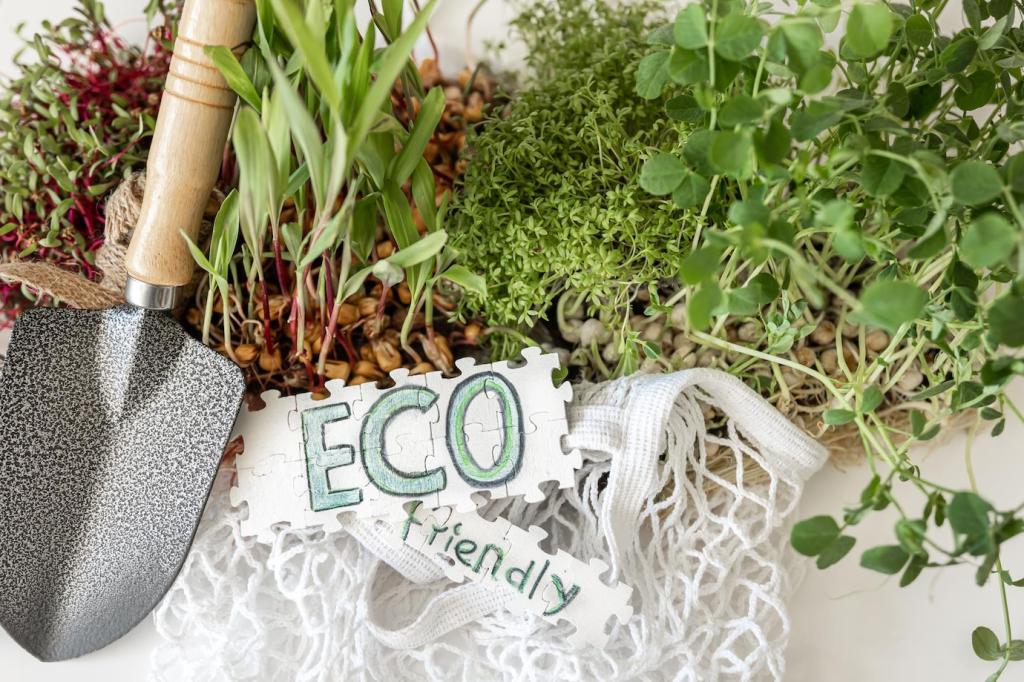Why Bamboo Is a Sustainability Standout
Bamboo can mature in three to five years and regenerates from its root system, minimizing soil disturbance. That rapid growth rate means steady yields with fewer inputs, helping reduce pressure on slower-growing hardwood forests worldwide.
Why Bamboo Is a Sustainability Standout
While growing, bamboo absorbs significant carbon dioxide and releases oxygen, contributing to climate mitigation. When responsibly harvested and manufactured with low-impact processes, bamboo furniture can deliver a notably lower life-cycle footprint than many conventional materials.




